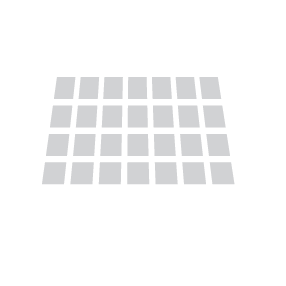What is clean energy?
NCSEA defines clean energy as energy derived from renewable, zero-emissions sources (“renewables”), as well as energy saved through energy efficiency (“EE”) measures.
How do renewables and energy efficiency work together?
Renewable energy is derived from natural processes that are regenerative over short periods of time and cannot be depleted. The most common renewable energy resources are biomass, geothermal, hydropower, solar, and wind.
Energy efficiency includes technologies (including passive solar), products, and services that reduce the amount of energy required for buildings, processes, or tasks. Find out more.
Put simply: A clean energy economy powered by both renewables and energy efficiency is the most sustainable energy planning scenario available.
North Carolina's Clean Energy Generation Mix
Hover over each electricity hotspot to learn more.
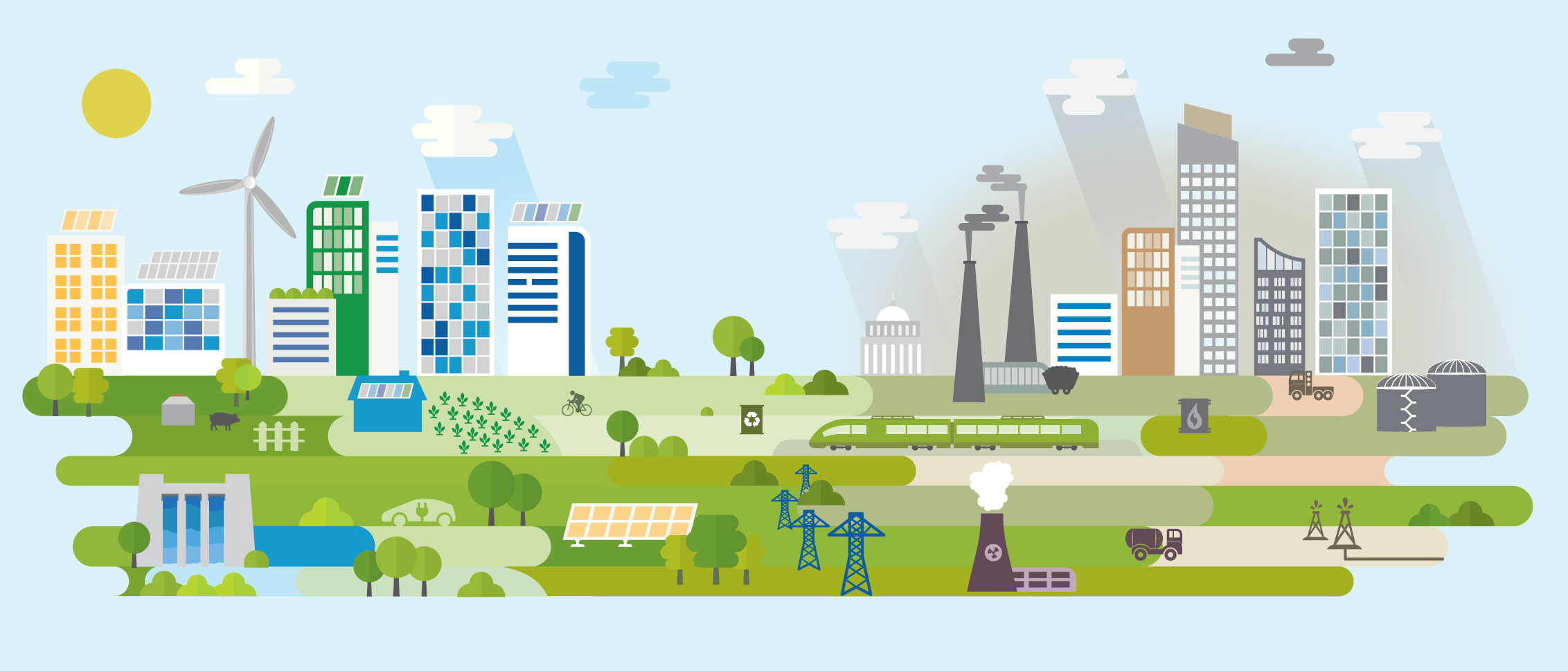
Bioenergy 1.9%
2,027 public level 1, 2, and DC fast charging outlets
Wind 0.4%
Customer-owned
Solar PV 0.3%
Conventional
Hydroelectric 5.1%
Utility-Scale Solar PV 7.1%
14.8% of NC's energy mix consists of clean energy
Coal 18.7%
Nuclear 32.4%
Petroleum Liquids 0.1%
Natural Gas 33.4%
Policies are key to driving North Carolina's clean energy economy forward.
Read more on why policies matter.
Still have questions?
Check out our clean energy frequently asked questions!
The Stats on Clean Energy in North Carolina:
Numbers current as of 11/11/2022


